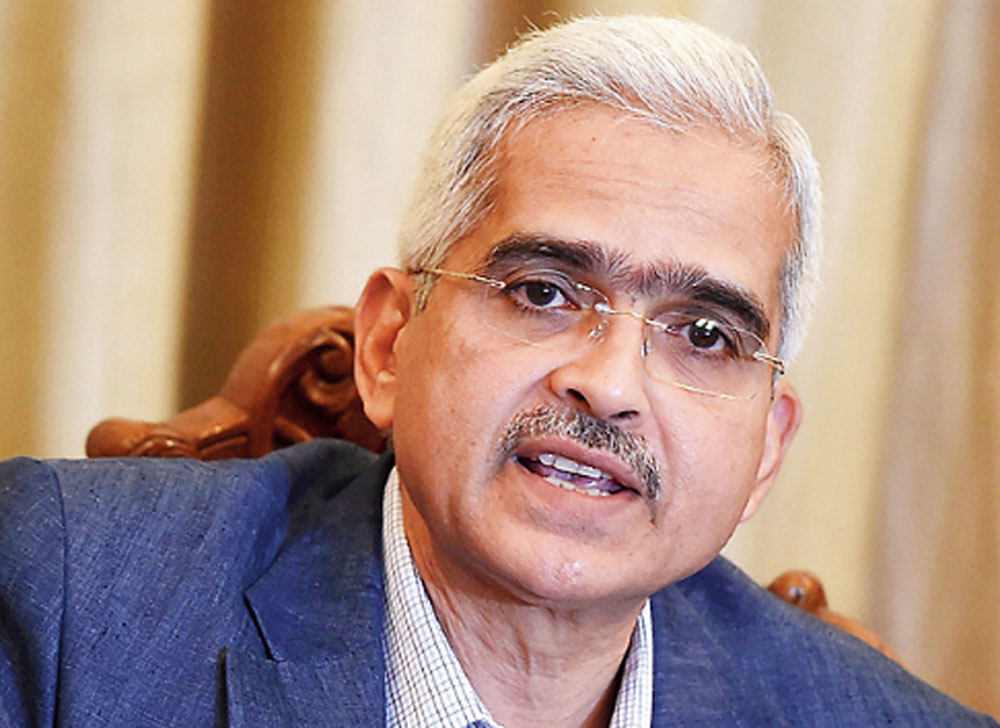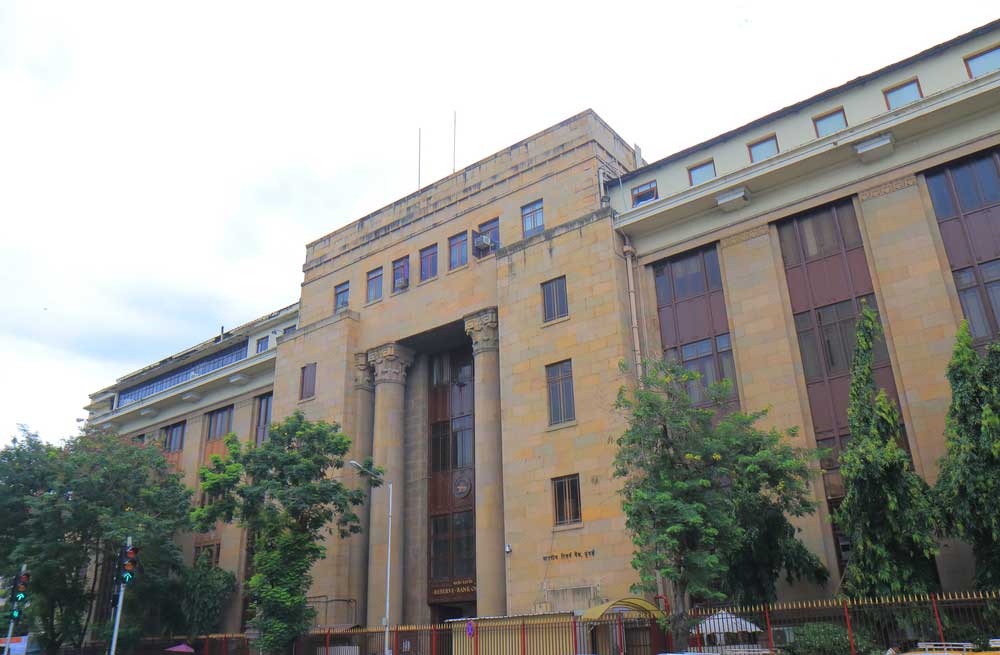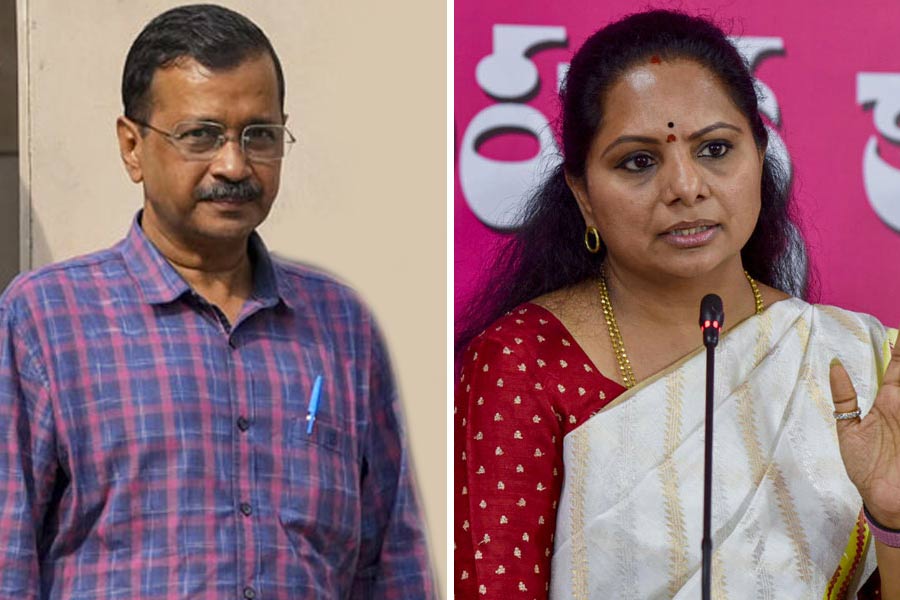Banks seem to have baulked at the prospect of cutting lending rates in lockstep with the Reserve Bank of India, which has trimmed its policy repo rate by 75 basis points in three tranches this year to 5.75 per cent. The banks’ tardiness in interest rate transmission defeats the very purpose of the monetary policy changes predicated on the belief that the rate cuts would ignite an economy that has clearly lost steam. The two rate cuts in February and April — these lowered the repo by 50 basis points — translated into a 21 basis point reduction in the weighted average lending rate of banks. But even this needs to be qualified: the banks cut the average rate only on fresh rupee loans. The WALR on the outstanding rupee loans actually rose by 4 basis points. The RBI governor, Shaktikanta Das, believes that the pace of policy rate transmission will pick up. In the past, the so-called pass through of rate cut benefits to the banks’ customers has taken four to six months.
Retail borrowers, the category with the lowest delinquency record, have been treated very shabbily. Personal loan rates have been reduced by just 10 basis points. The banks have ducked the obligation to make matching rate cuts on the specious argument that their cost of raising funds remains high. Banks raise money in a variety of ways: large public sector banks with a healthy base of current and savings account holders have access to the cheapest source of funds since they do not pay interest on current accounts and rarely more than 4 per cent on savings accounts. They raise money from the overnight funds window and the call money market — where they borrow from the RBI and other banks — at close to the repo rate.
But the problem becomes troublesome when they are forced to buy government securities. The yield on the 10-year bonds currently rules at 7.05 per cent, opening up a 130 basis point spread vis-à-vis the repo. Why should that be a worry? Banks argue that deposit rates in postal schemes, which are linked to the 10-year bond, are way too high — at around 8 per cent. Bank deposits, in contrast, offer no more than 6.6 per cent on average. The bankers want the Centre to cut the small savings rates so that they can compete. On the face of it, it looks like a plausible argument. Gross collections under small savings schemes amount to a little under Rs 6 trillion — less than 5 per cent of the overall bank deposits worth Rs 117 trillion. Surely, the tail cannot wag the dog. Policy rate transmission can happen only if banks first cut their deposit rates. Borrowers will continue to suffer until these effete arguments are stopped.












